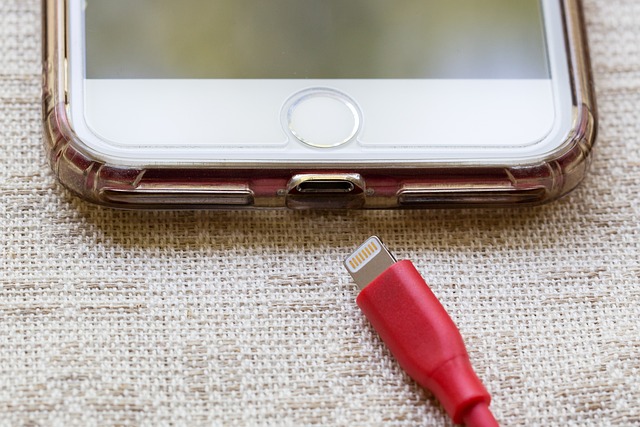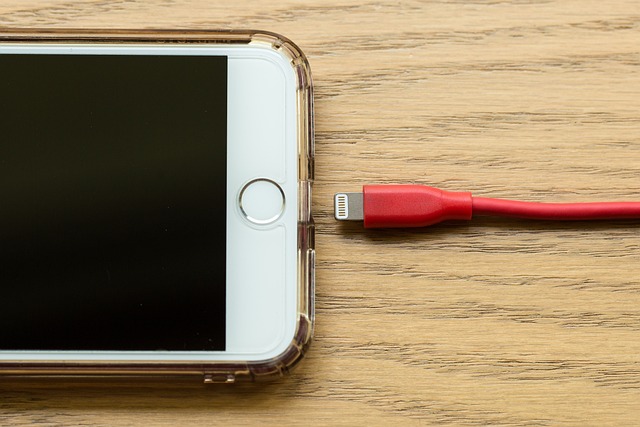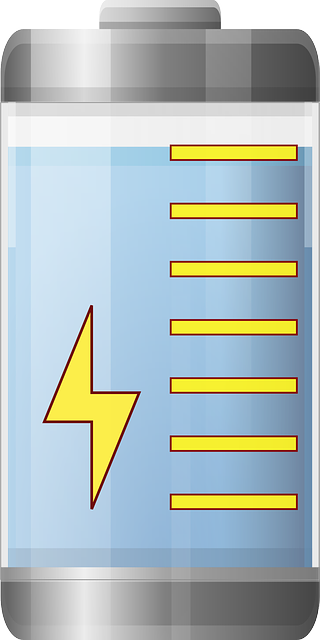Button batteries, commonly found in household items like remote controls and watches, are a critical hazard for young children due to their potential to cause severe chemical burns if ingested. These batteries contain alkaline substances that can corrode rapidly upon contact with bodily fluids, leading to serious internal injuries within two hours. It is crucial for parents and caregivers to prioritize safe storage, use child-resistant packaging, and properly dispose of these batteries. Recognizing the signs of ingestion—such as abdominal pain, vomiting, or a distended belly—is vital for immediate medical intervention, which may involve endoscopic retrieval to prevent long-term health issues. A multifaceted approach is necessary to address this risk, including advocacy for child-resistant battery compartments and packaging, community education on the dangers of button batteries, and policy reforms for secure disposal and labeling. Healthcare providers must be prepared to quickly diagnose and treat ingestion cases to prevent serious complications. A collaborative effort among manufacturers, healthcare professionals, and communities is essential to implement these safety measures and protect children from the dangers of button batteries.
Each year, countless children face ingestion risks from common household items, with button batteries posing one of the most significant dangers. This article delves into preventative strategies for safeguarding young ones against these hidden hazards. From understanding the perils of button battery ingestion to advocating for policy changes, we explore comprehensive measures, including home safety modifications and child education on risks. Learn how to recognize symptoms post-ingestion and the importance of immediate medical response. With actionable insights across sections on safety measures, risk education, and advocacy, this guide is your first line of defense in creating a safer environment for children.
- Understanding the Dangers of Button Battery Ingestion in Children
- Implementing Safety Measures at Home to Prevent Access to Button Batteries
- Educating Children on the Risks Associated with Button Batteries
- Prompt Medical Response and Awareness of Symptoms Post-Ingestion
- Advocacy and Policy Change: Creating a Safer Environment for Children
Understanding the Dangers of Button Battery Ingestion in Children

Button batteries, small disc-shaped cells often found in household items such as remote controls, musical greeting cards, and watches, pose a significant ingestion risk to children. These batteries can cause severe chemical burns upon contact with moist tissues in the body due to their high voltage and alkaline content. When ingested, they can rapidly corrode internal organs, leading to life-threatening complications. The seriousness of this issue cannot be overstated; the chemical reactions that occur once a button battery is ingested can result in critical damage within just two hours. Therefore, it is imperative for parents and caregivers to be vigilant about keeping these batteries out of reach of children. Safe storage practices include securing battery-operated devices, disposing of used batteries immediately and properly, and being aware of the potential hazards in everyday household items. Educating oneself on the signs and symptoms of button battery ingestion—such as abdominal pain, vomiting, or a bloated stomach—can also be crucial in seeking timely medical intervention, which may involve endoscopic removal to prevent irreversible harm. A proactive approach to safety involves not only securing these batteries but also advocating for child-resistant packaging and raising awareness within the community about the dangers of button battery ingestion.
Implementing Safety Measures at Home to Prevent Access to Button Batteries

To mitigate the ingestion risks associated with button batteries, it is imperative to implement robust safety measures within the household environment. These small, coin-like cells can cause severe chemical burns upon ingestion due to their alkaline content, which react with bodily fluids. Parents and caregivers should prioritize battery containment by securing devices with button batteries in transparent, child-resistant packaging once the original power source is replaced. It’s also crucial to keep an inventory of items containing these batteries and ensure they are out of reach for young children. Additionally, installing battery-contained devices with safety locks that prevent access when not in use can significantly reduce the likelihood of unintended ingestion. Regularly inspecting toys, remote controls, and other household items for loose batteries and promptly discarding or properly storing them is another key step in safeguarding children’s well-being. By fostering a vigilant home environment and maintaining awareness of the potential hazards, parents can create a safer space for their children to explore and learn without the risk of button battery ingestion.
Educating Children on the Risks Associated with Button Batteries

Parents and caregivers play a pivotal role in safeguarding children from ingestion risks, particularly those associated with button batteries. These small, coin-sized cells are found in an array of household items, from remote controls to musical greeting cards, making them readily accessible to curious young hands. To mitigate the dangers, it’s crucial to educate children about the potential hazards of swallowing these batteries. Awareness campaigns and educational materials designed for various age groups can effectively communicate the risks. For instance, illustrating how a button battery can cause severe chemical burns if ingested should be part of this education. Encouraging adults to securely store or dispose of used batteries, as well as to keep button battery-operated devices out of reach, is equally important. Additionally, teaching children to recognize and avoid these items can significantly reduce the likelihood of accidents. Promoting safe practices and reinforcing knowledge about the dangers of button batteries through consistent, age-appropriate messaging can create a protective layer for children’s safety at home and in public spaces.
Prompt Medical Response and Awareness of Symptoms Post-Ingestion

Children are naturally curious and may ingest items that pose serious health risks, such as button batteries. Immediate medical response is crucial upon suspecting such an ingestion. Parents and caregivers should be aware of the symptoms that may indicate a button battery has been swallowed, including but not limited to altered bowel habits, vomiting, lethargy, or abdominal pain. Prompt recognition of these signs is vital as button batteries can cause severe chemical burns in mere hours upon contact with bodily fluids. Healthcare providers should prioritize swift assessment and intervention when a child has potentially ingested a battery. This includes the use of imaging techniques to locate the battery and endoscopic retrieval if necessary. Early detection and intervention significantly increase the chances of a favorable outcome, making awareness and preparedness essential for parents and healthcare professionals alike in preventing the complications associated with button battery ingestion. It is imperative to educate oneself on the risks and the appropriate medical response to ensure the safety of children around these harmful items.
Advocacy and Policy Change: Creating a Safer Environment for Children

To mitigate ingestion risks, particularly concerning button batteries, a multifaceted approach involving advocacy and policy change is crucial. Advocates for child safety should work tirelessly to raise awareness about the dangers these small but potent batteries pose when ingested by children. These batteries can cause severe internal burns if swallowed, leading to critical health issues or even fatality. By engaging with policymakers, advocates can push for regulations that dictate safer designs and usage of button batteries within consumer products. This includes clear labeling, secure packaging, and the promotion of household safety measures where such batteries are stored out of children’s reach.
Furthermore, legislation can mandate the disposal of used button batteries in a way that prevents access by young children, such as through designated disposal programs or recycling initiatives. Additionally, public health campaigns can educate parents and caregivers on the risks associated with these batteries and provide guidelines for safe handling and storage. By enacting comprehensive policies and fostering a collaborative effort between manufacturers, healthcare professionals, and community organizations, we can collectively create an environment that significantly reduces the risk of child ingestion incidents involving button batteries, thereby safeguarding our children’s well-being.
Safeguarding children from ingestion risks, particularly those posed by button batteries, is paramount. This article has outlined critical strategies for understanding the dangers, implementing home safety measures, educating young ones on risks, and ensuring prompt medical responses post-ingestion. By advocating for policy changes, we can work towards a safer environment for our children. Parents and caregivers are encouraged to take proactive steps in button battery safety to prevent tragic incidents. With vigilance and awareness, we can protect the well-being of our most vulnerable populations.



